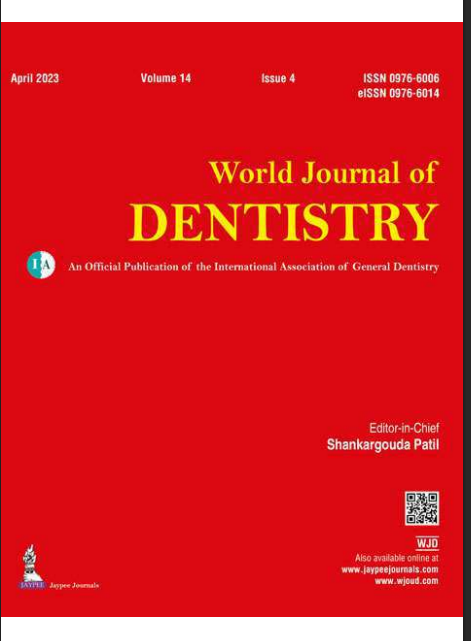
Aim: This research aimed to fabricate and characterize bovine hydroxyapatite (BHA) crystal by using scanning electron microscope-energy dispersive X-ray (SEM-EDX) and X-ray diffraction (XRD) test for the evaluation of its potential as socket preservation material. Materials and methods: Bovine hydroxyapatite was fabricated from bovine cancellous bone that was washed and cut into small pieces. The bone was placed in an ultrasonic cleaner to remove the fat, heated in the oven at 1000°C for 1 hour and dried. The bone was then grounded into a powder and sieved through 150 µm sieves. Powdered BHA was then analyzed with SEM-EDX to analyze the structure and content of the HA element, and an XRD test was used to analyze the HA crystal. Results: From the SEM test, BHA had a crystalline particle with hexagonal crystal with an average size of 197 µm. The EDX test indicated BHA has the elements of carbon (C) (50.71%), oxygen (O) (34.59%), sodium (Na) (0.35 %), magnesium (Mg) (0.35%), phosphorus (P) (4.29%), calcium (Ca) (8.97%), and niobium (Nb) (0.74%). The XRD test showed that BHA contains hydroxyapatite (HA) crystal with 66% crystallinity degree. Conclusion: The BHA was successfully fabricated through the process of calcination. Based on the characterization and analysis using SEM-EDX and XRD tests of BHA, it had the potential as socket preservation material to preserve alveolar bone after tooth extraction. Clinical significance: The addition of BHA after tooth extraction has the potential to maintain alveolar bone quality and prevent dimension loss. This biomaterial helps and supports prosthesis treatment, such as implants, which need good alveolar bone quantity and quality. Keywords: Biomaterial, Bovine hydroxyapatite, Socket preservation. World Journal of Dentistry (2022): 10.5005/jp-journals-10015-2155

Oleh :
Octarina